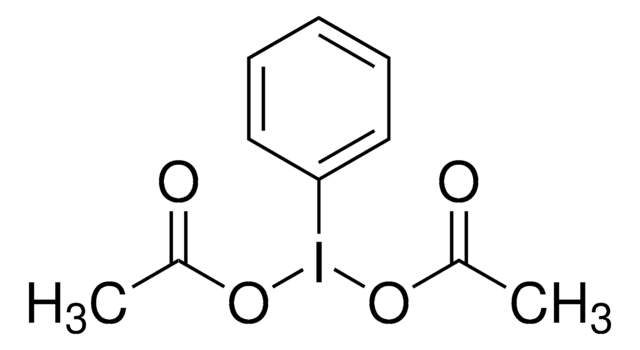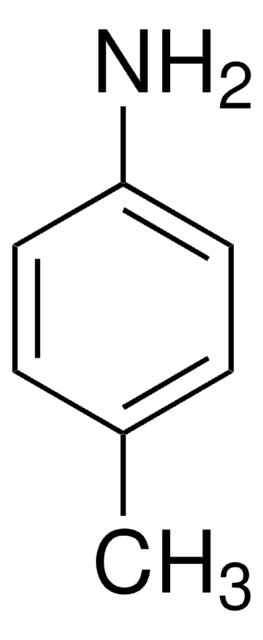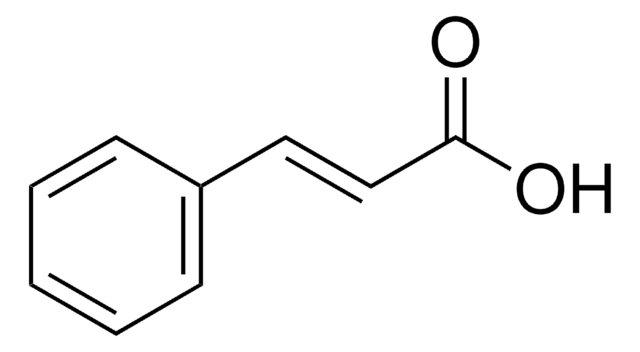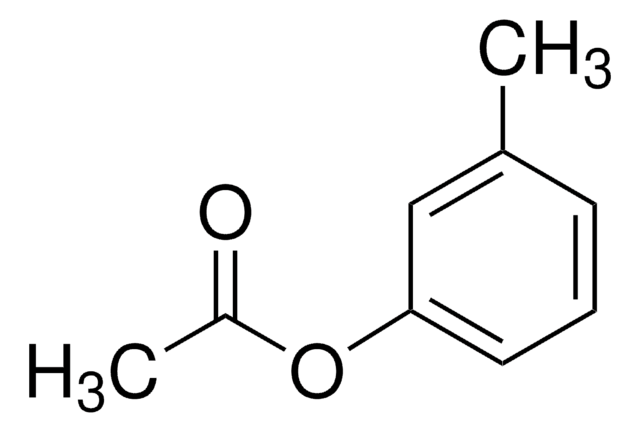T38083
o-Tolylacetic acid
ReagentPlus®, 99%
Synonym(s):
2-Methylphenylacetic acid
Sign Into View Organizational & Contract Pricing
All Photos(1)
About This Item
Linear Formula:
CH3C6H4CH2CO2H
CAS Number:
Molecular Weight:
150.17
EC Number:
MDL number:
UNSPSC Code:
12352100
PubChem Substance ID:
NACRES:
NA.22
Recommended Products
product line
ReagentPlus®
Assay
99%
mp
88-90 °C (lit.)
SMILES string
Cc1ccccc1CC(O)=O
InChI
1S/C9H10O2/c1-7-4-2-3-5-8(7)6-9(10)11/h2-5H,6H2,1H3,(H,10,11)
InChI key
RZWGTXHSYZGXKF-UHFFFAOYSA-N
Looking for similar products? Visit Product Comparison Guide
Legal Information
ReagentPlus is a registered trademark of Merck KGaA, Darmstadt, Germany
Storage Class Code
13 - Non Combustible Solids
WGK
WGK 1
Flash Point(F)
Not applicable
Flash Point(C)
Not applicable
Personal Protective Equipment
dust mask type N95 (US), Eyeshields, Gloves
Choose from one of the most recent versions:
Already Own This Product?
Find documentation for the products that you have recently purchased in the Document Library.
Yohei Okubo et al.
The Journal of neuroscience : the official journal of the Society for Neuroscience, 35(48), 15837-15846 (2015-12-04)
The endoplasmic reticulum (ER) plays crucial roles in intracellular Ca(2+) signaling, serving as both a source and sink of Ca(2+), and regulating a variety of physiological and pathophysiological events in neurons in the brain. However, spatiotemporal Ca(2+) dynamics within the
Ai-Hui Tang et al.
The Journal of neuroscience : the official journal of the Society for Neuroscience, 35(9), 3938-3945 (2015-03-06)
The Fmr1 knock-out mouse model of fragile X syndrome (Fmr1(-/y)) has an epileptogenic phenotype that is triggered by group I metabotropic glutamate receptor (mGluR) activation. We found that a membrane-permeable peptide that disrupts mGluR5 interactions with long-form Homers enhanced mGluR-induced
Samuel W Cramer et al.
The Journal of neuroscience : the official journal of the Society for Neuroscience, 35(14), 5664-5679 (2015-04-10)
The Ca(2+) channelopathies caused by mutations of the CACNA1A gene that encodes the pore-forming subunit of the human Cav2.1 (P/Q-type) voltage-gated Ca(2+) channel include episodic ataxia type 2 (EA2). Although, in EA2 the emphasis has been on cerebellar dysfunction, patients
Our team of scientists has experience in all areas of research including Life Science, Material Science, Chemical Synthesis, Chromatography, Analytical and many others.
Contact Technical Service








